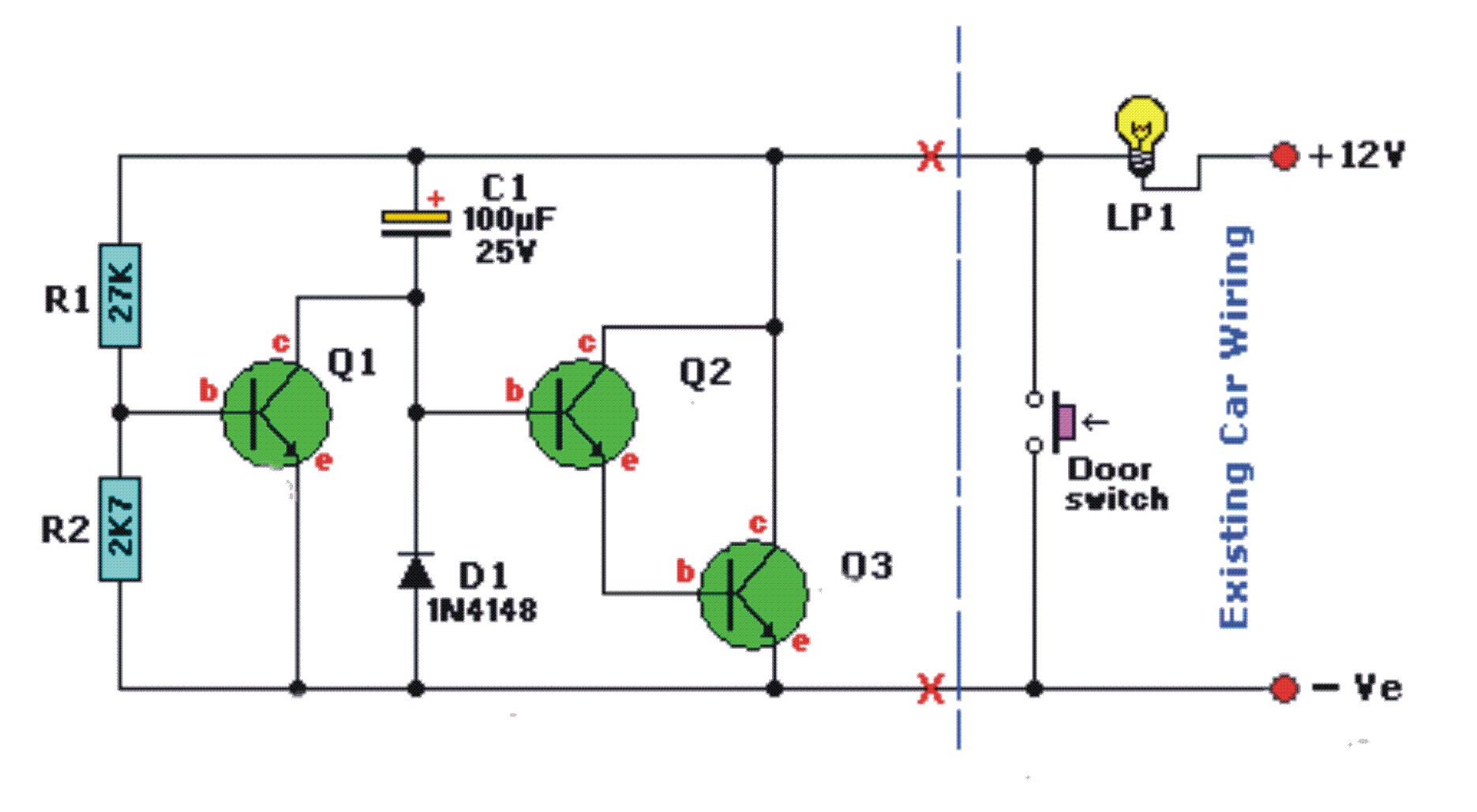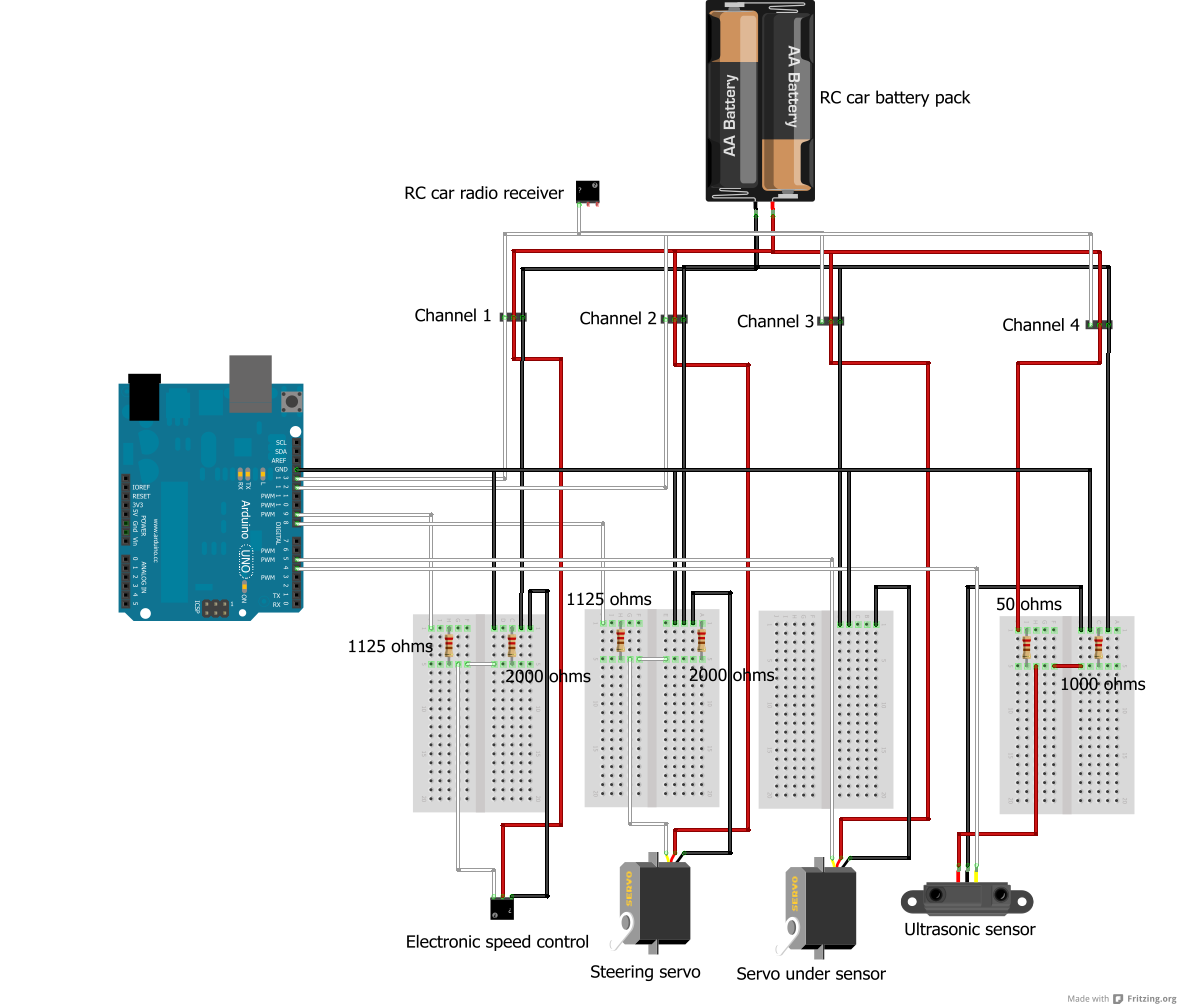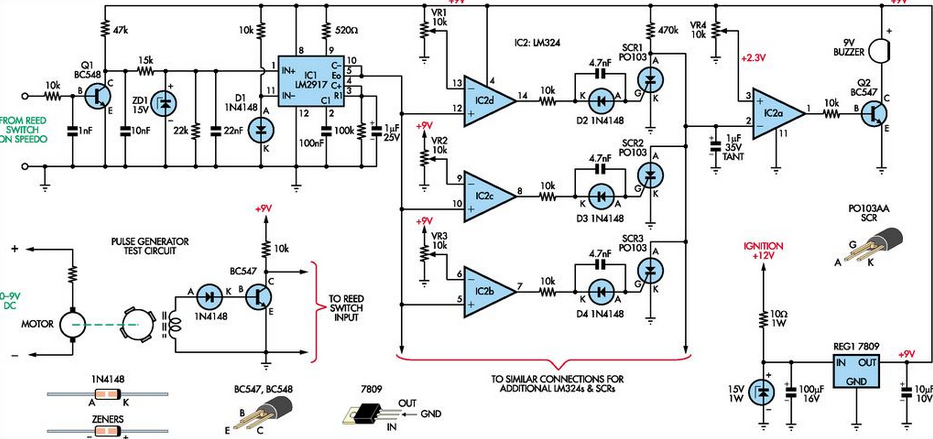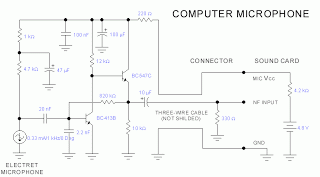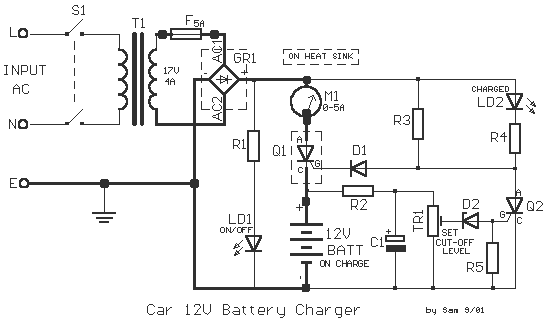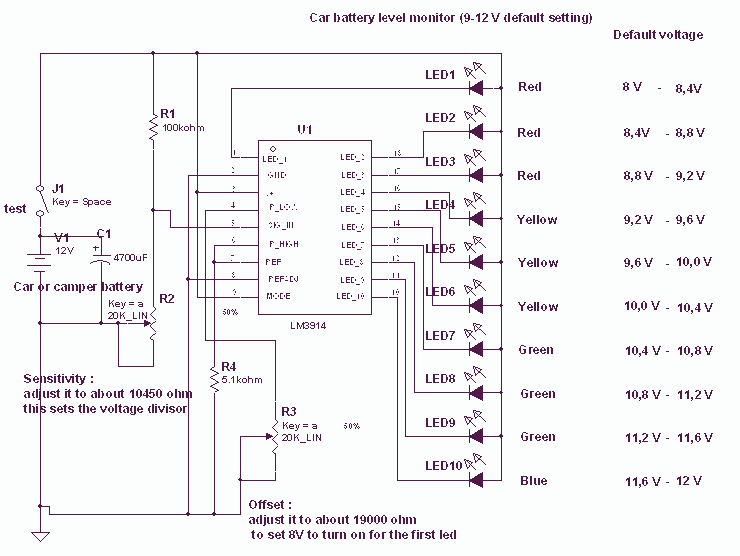
afx slot car lap counter
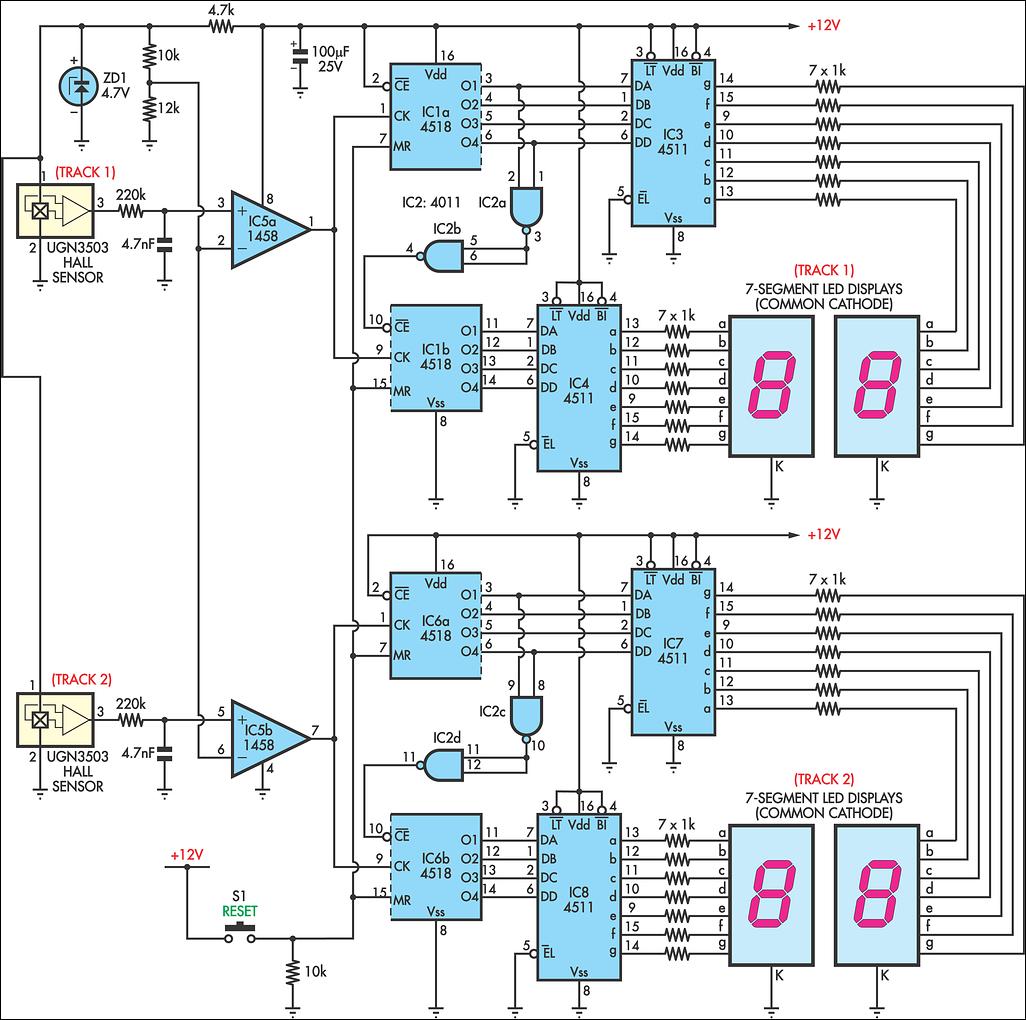
AFX slot car sets are enjoyable, and the experience can be enhanced with a lap counter. This circuit counts from 00 to 99, featuring independent counters for each track. The sensing device utilized is a Hall effect sensor (UGN3503; available from Dick Smith Electronics). This sensor is affixed beneath a section of each track (printed side up), ideally positioned between the slot and one of the track rails. This location allows the ground effects magnets on the cars to pass over the sensors. When a car passes over, the sensor outputs approximately 3V, while it outputs about 2V in the absence of a magnetic field. Both counter circuits are identical, with dual op-amp IC5 managing the signals from both sensors. IC5a and IC5b function as comparators, using a 2.5V reference derived from zener diode ZD1 through 10kΩ and 12kΩ resistors. Each time the output of IC5a goes high, it triggers IC1a, a 4518 BCD counter. NAND gates IC2a and IC2b provide a carry-out signal to the other half of IC1 for a two-digit display. Additional counters can be cascaded in this manner to accommodate extra digits. The BCD outputs from IC1 drive 7-segment decoders IC3 and IC4, which in turn drive common cathode LED displays. Push-button S1 resets the counters to 00 for both tracks at the start of a new race.
The circuit design for the AFX lap counter incorporates several key components and functionalities to ensure accurate lap counting for slot car racing. The Hall effect sensor (UGN3503) acts as the primary detection mechanism, responding to the magnetic fields generated by the cars' ground effects magnets. The positioning of the sensor is crucial; it must be placed correctly beneath the track to ensure reliable detection without interference from other elements.
The dual op-amp IC5 is central to the signal processing of the system. By configuring IC5a and IC5b as comparators, the circuit can distinguish between the high voltage signal (3V) generated by the passing car and the lower voltage (2V) when no car is present. This voltage differentiation is essential for accurate counting and is achieved using a reference voltage derived from the zener diode (ZD1) and the associated resistors.
The counting mechanism utilizes the 4518 BCD counter (IC1a), which increments its count each time a high signal is detected from IC5a. The design allows for two independent counters, enabling simultaneous tracking of laps on two different tracks. The NAND gates (IC2a and IC2b) facilitate the carry-out function, ensuring that once the first counter reaches its maximum count (9), the second counter increments accordingly, allowing for a seamless transition to a two-digit display.
The visual output of the lap counters is managed by the 7-segment decoders (IC3 and IC4), which convert the BCD output from IC1 into a format suitable for driving common cathode LED displays. This allows for clear visibility of the count, enhancing the user experience during races.
Finally, the inclusion of a reset mechanism via push-button S1 ensures that the counters can be easily reset to zero, preparing the system for a new race. This feature is critical for maintaining an accurate count throughout multiple racing sessions. Overall, this circuit design effectively combines various electronic components to create a functional and enjoyable lap counting system for AFX slot car sets.AFX slot car sets are very enjoyable but you can increase the fun with a lap counter. This circuit will count from 00 to 99, with independent counters for each track. The sensing device used is a Hall effect sensor (UGN3503; available from Dick Smith Electronics). One of these sensors is glued under a section of each track (printed side up); betwe en the slot and one of the track rails is the best spot. In this position, it will allow the ground effects magnets on the cars to pass over them. The sensor will provide a voltage of about 3V when a car passes over it and about 2V without a magnetic field. Both counter circuits are identical, with dual op amp IC5 handling the signals from both sensors. IC5a and IC5b are wired as comparators, with a 2. 5V reference derived from zener diode ZD1 via the 10kO and 12kO resistors. Each time the output of IC5a goes high it clocks IC1a, a 4518 BCD counter. NAND gates IC2a & IC2b provide a carry out to the other half of IC1 for a 2-digit display. More counters may be cascaded this way to provide extra digits. The BCD outputs of IC1 drive 7-segment decoders IC3 & IC4 which drive common cathode LED displays. Push-button S1 resets the counters to 00 for both tracks for the start of a new race. 🔗 External reference
The circuit design for the AFX lap counter incorporates several key components and functionalities to ensure accurate lap counting for slot car racing. The Hall effect sensor (UGN3503) acts as the primary detection mechanism, responding to the magnetic fields generated by the cars' ground effects magnets. The positioning of the sensor is crucial; it must be placed correctly beneath the track to ensure reliable detection without interference from other elements.
The dual op-amp IC5 is central to the signal processing of the system. By configuring IC5a and IC5b as comparators, the circuit can distinguish between the high voltage signal (3V) generated by the passing car and the lower voltage (2V) when no car is present. This voltage differentiation is essential for accurate counting and is achieved using a reference voltage derived from the zener diode (ZD1) and the associated resistors.
The counting mechanism utilizes the 4518 BCD counter (IC1a), which increments its count each time a high signal is detected from IC5a. The design allows for two independent counters, enabling simultaneous tracking of laps on two different tracks. The NAND gates (IC2a and IC2b) facilitate the carry-out function, ensuring that once the first counter reaches its maximum count (9), the second counter increments accordingly, allowing for a seamless transition to a two-digit display.
The visual output of the lap counters is managed by the 7-segment decoders (IC3 and IC4), which convert the BCD output from IC1 into a format suitable for driving common cathode LED displays. This allows for clear visibility of the count, enhancing the user experience during races.
Finally, the inclusion of a reset mechanism via push-button S1 ensures that the counters can be easily reset to zero, preparing the system for a new race. This feature is critical for maintaining an accurate count throughout multiple racing sessions. Overall, this circuit design effectively combines various electronic components to create a functional and enjoyable lap counting system for AFX slot car sets.AFX slot car sets are very enjoyable but you can increase the fun with a lap counter. This circuit will count from 00 to 99, with independent counters for each track. The sensing device used is a Hall effect sensor (UGN3503; available from Dick Smith Electronics). One of these sensors is glued under a section of each track (printed side up); betwe en the slot and one of the track rails is the best spot. In this position, it will allow the ground effects magnets on the cars to pass over them. The sensor will provide a voltage of about 3V when a car passes over it and about 2V without a magnetic field. Both counter circuits are identical, with dual op amp IC5 handling the signals from both sensors. IC5a and IC5b are wired as comparators, with a 2. 5V reference derived from zener diode ZD1 via the 10kO and 12kO resistors. Each time the output of IC5a goes high it clocks IC1a, a 4518 BCD counter. NAND gates IC2a & IC2b provide a carry out to the other half of IC1 for a 2-digit display. More counters may be cascaded this way to provide extra digits. The BCD outputs of IC1 drive 7-segment decoders IC3 & IC4 which drive common cathode LED displays. Push-button S1 resets the counters to 00 for both tracks for the start of a new race. 🔗 External reference
